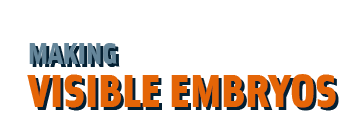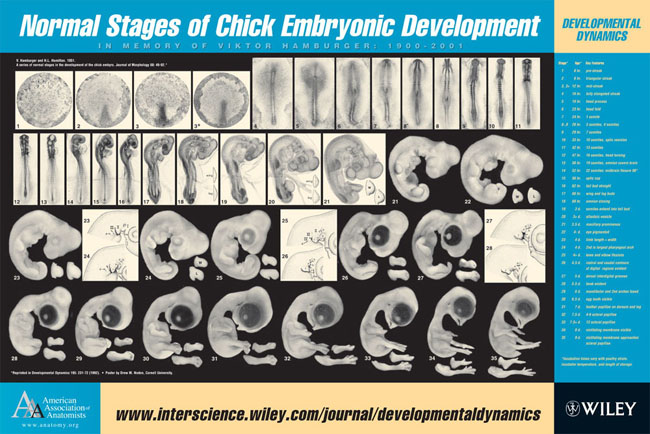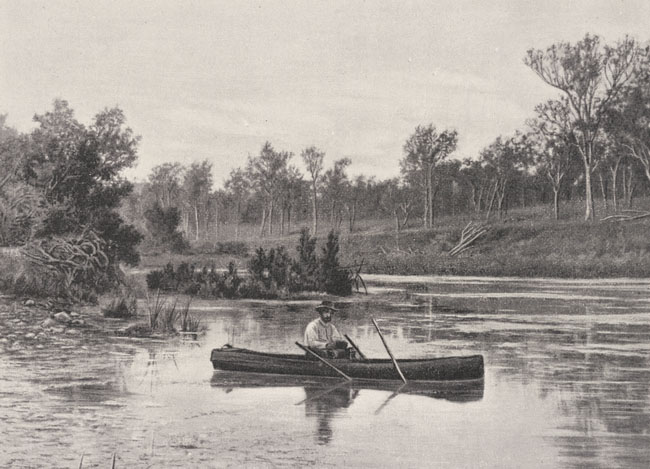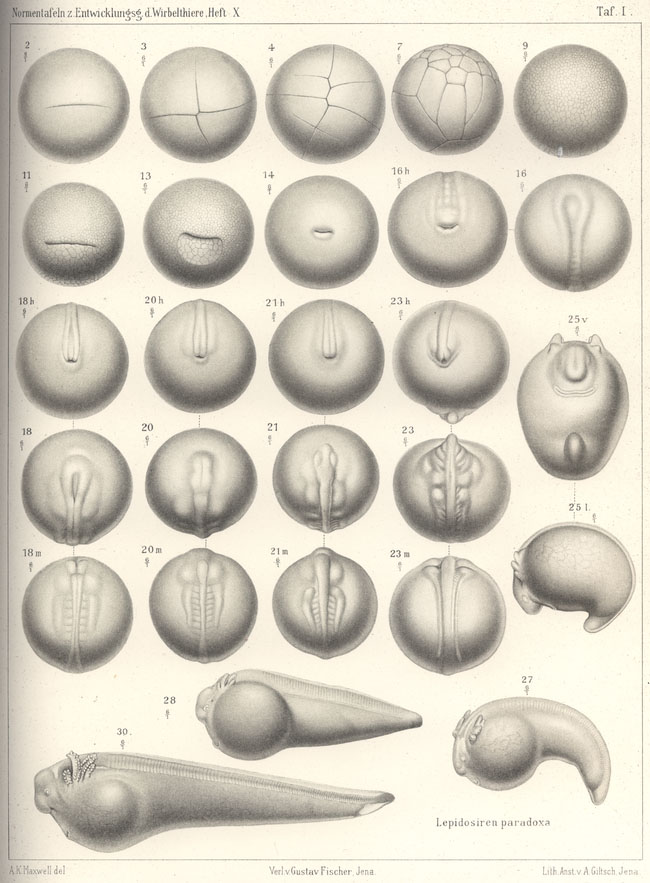An embryological empire
Once poorly understood, human development was now a model for describing a veritable empire of vertebrate embryos.
Anatomists in the generation after His used his methods to reinvestigate Haeckel’s questions. Evolutionary embryology was in trouble towards the end of the nineteenth century, while new experimental approaches made big waves. Historical accounts usually follow the experimentalists, but a great deal of ‘descriptive’ work not only continued, it also promoted technical and institutional innovation. Influential figures in the generation after His used his methods to reinvestigate Haeckel’s questions. They hoped that detailed studies would recover more complex evidence of evolution than Haeckel’s glib generalizations allowed.
The Freiburg anatomist Franz Keibel organized an international project to produce normal plates of various vertebrates plus tables showing individual variations. The authors collected biologically, geographically and socially diverse objects. Previously seen in very varied terms, they framed them all as embryos and subjected them to roughly equivalent analyses. Though no new synthesis emerged, the network helped embryology gain institutional independence and confirmed normal plates as essential laboratory aids.
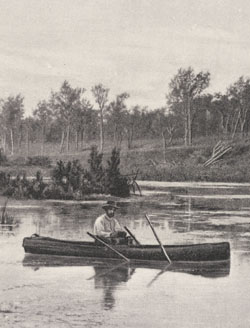
Collecting Australian lungfish embryos, early 1890s |
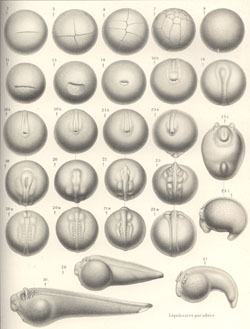
Normal plate on the development of the South American lungfish, 1909 |
